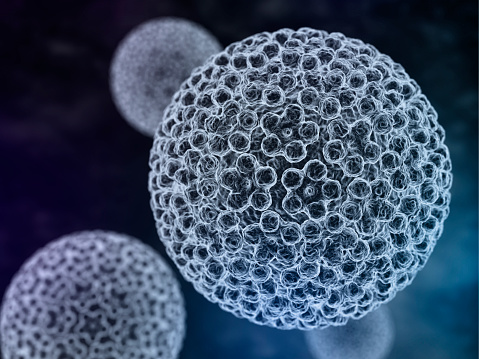
Human papillomavirus (HPV)
Learn about HPV, how it is spread and what you can do to prevent it
There are more than 150 types of different strains of human papillomavirus (HPV). It is a very common virus among the population, however, in some cases it can cause cervical cancer. Most women and men and contract the virus at some time during their lives and some have it several times. The good news is that HPV generally goes away by itself.
According to the Spanish Association Against Cancer (AECC), most infected women do not develop cervical or uterine cancer. The infection goes away without treatment because the immune system can destroy the virus. Although the virus is more common among women, several high-risk strains of HPV (16, 18, 45 and 56) can infect both men and women.
In some people, the HPV is not destroyed by the body and stays there, causing cervical or uterine cancer. This type of tumour affects around 500,000 women around the world every year, according to World Health Organization (WHO) statistics.
How to prevent HPV
Human papillomavirus is transmitted through sexual relations and through the skin and mucous membranes.
Human papillomavirus infections are not symptomatic and they are not noticed by sufferers who feel no discomfort and have no symptoms. This means that the only way to detect it is through gynaecological tests.
In any case, there are measures that you can take to control and try to prevent, or detect this problem as quickly as possible, and help the body to expel the virus as quickly as possible.
– Regular gynaecological examinations: doctors say that sexually active women should have a gynaecological examination and a Pap smear every one or two years, since this test can detect abnormalities in the tissue.
– Use condoms: one of the most effective preventive measures is to use a condom every time and in all sexual relations.
– Healthy eating: healthy dietary habits, based on vegetables, fruits, whole grains, pulses and fish (less red meat), help the body to absorb more vitamins and nutrients and strengthen the immune system.
– Don’t smoke: smoking weakens the cells that live in the uterus before an HPV infection and which therefore cause the virus spread to the cells in a persistent way. Although we are aware of the harmful effects of tobacco in all areas of health, it has a significant role in this type of infections.
– Be aware of abnormalities: do not ignore warts, lumps, and abnormal growths that may be caused by the virus in the genital area and that can be treated effectively, thereby reducing the risk of cancer.
– Vaccination: there are now two vaccines that protect against HPV 16 and 18, the viruses responsible for 70% of all cases of cervical cancer. The WHO recommends vaccinating children aged between 9 and 13 years.
If you have any questions, answer your doctor. Above all, don’t worry: one in two people will be exposed to this infection and the virus will disappear without needing treatment.
This post is also available in: Italian
